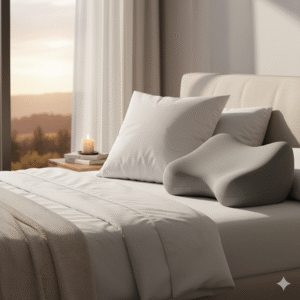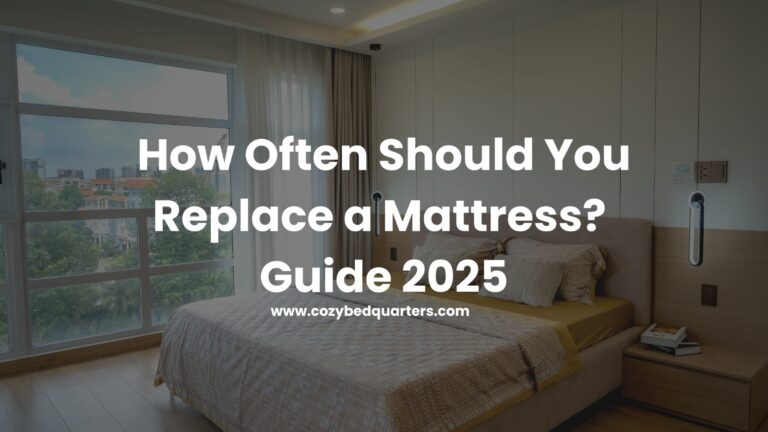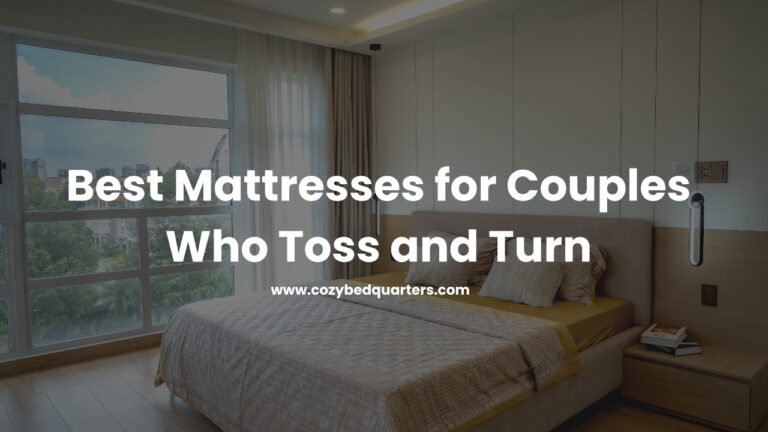Bed Bug Prevention and Management
Struggling with Bed Bug Prevention and Management? Discover expert-tested strategies for Bed Bug Prevention and Management that give you back a peaceful, pest-free sleep sanctuary starting today. For a sturdier, easier-to-inspect setup, see our bed frame materials and styles guide for materials that resist wear and reduce hiding spots.
Key Takeaways
- Use Integrated Pest Management (IPM) to combine inspection, clutter control, sealing, and eco-friendly tactics.
- Regular monitoring—flashlight checks, interceptors, and simple documentation—catches infestations early.
- Decluttering and sealing gaps remove many of the places bed bugs hide.
- Non-chemical methods like steaming, heating, and freezing are effective when used correctly.
- Bed Bug Prevention and Management works best when you stay consistent and call a pro if DIY stalls.
Understanding IPM for Bed Bug Prevention and Management
Integrated Pest Management (IPM) is the gold standard for Bed Bug Prevention and Management. It prioritizes proactive, non-chemical tactics and uses targeted, low-toxicity products only when needed so your home stays healthy.
IPM Core Techniques
- Routine inspection & monitoring: Weekly flashlight checks and interceptor cups under bed legs.
- Decluttering: Reduce piles so you can see and clean every surface.
- Crack sealing & barriers: Silicone caulk for gaps; tight mattress and pillow encasements.
- Eco-friendly control: Steaming, room heat, freezing, and hot-water laundering.
- Pesticide use: When necessary, precisely applied by a licensed professional.
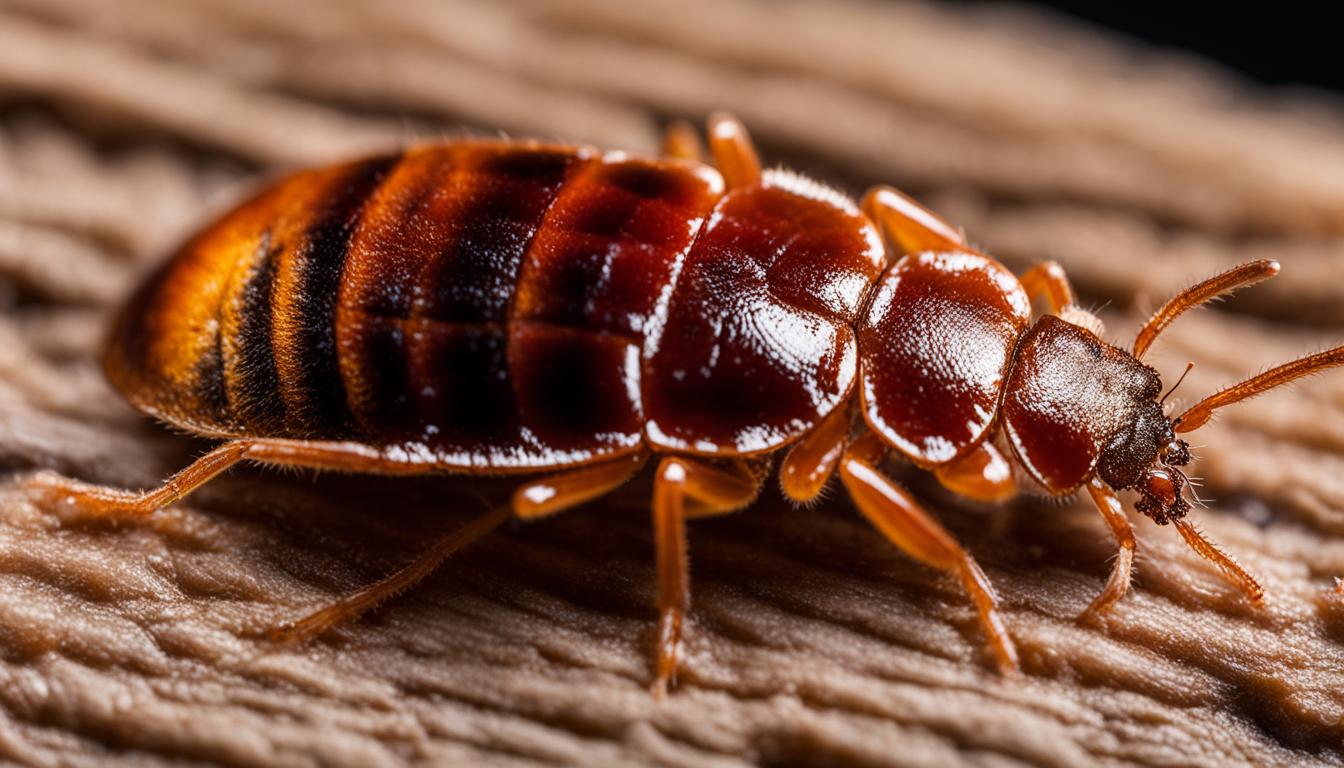
1. Inspection and Monitoring
Early detection is your best defense. Short, consistent checks keep small problems from becoming big ones.
- Inspect beds, sofas, headboards, and nightstands weekly.
- Use a bright flashlight to spot dark fecal dots, shed skins, or live bugs.
- Place interceptor cups under each bed leg and review them weekly.
- Log findings—date, location, and notes—so trends are obvious.
Bed bugs often hide in frame joints and hardware. If you have a metal frame, review metal bed frame maintenance and check welded corners and screw holes closely.
Common Signs of an Infestation
- Blood stains: Reddish smears on sheets or furniture from crushed bugs.
- Fecal spots: Pin-sized black/brown dots along seams and edges.
- Shed skins: Papery, translucent casings from molts.
- Musty odor: A sweet, mold-like smell in heavier infestations.

2. Clutter Reduction and Environmental Modification
Clutter equals cover. Reducing piles and tidying storage makes cleaning faster and removes hiding spots.
- Vacuum rooms weekly—especially corners, trim, and under the bed.
- Store off-season clothing and linens in sealed bins.
- Repair cracks in walls, baseboards, and furniture seams.
- Keep nightstands simple and wipe down surfaces routinely.
Clutter Reduction Checklist
- Declutter closets: Fewer hiding spots; easier, faster cleaning.
- Vacuum weekly: Removes stray bugs and eggs before they spread.
- Seal storage bins: Protects belongings and simplifies monitoring.
- Repair wall cracks: Eliminates potential entrance routes.
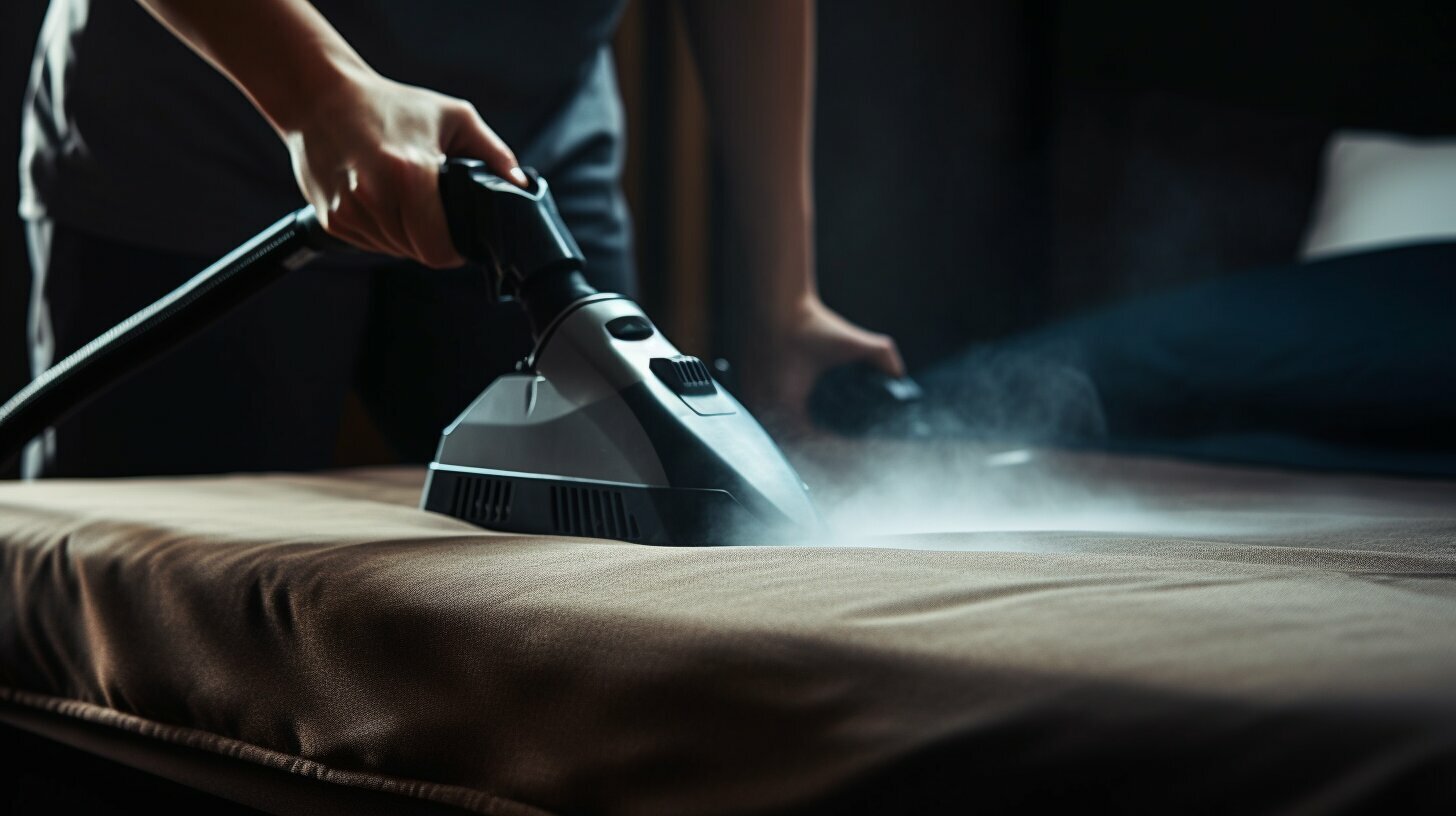
3. Sealing Cracks and Using Barriers
Bed bugs love tight crevices. Sealing and simple barriers stop movement and make inspections easier.
- Apply silicone caulk around baseboards, window trim, and gaps.
- Use bed bug-proof mattress and pillow encasements.
- Place interceptor cups under each bed leg to catch climbers.
- Pull the bed a few inches from walls and keep linens off the floor.
Selecting new furniture? Our guide to bed frame durability and style can help you choose pieces that hold up and are easy to inspect. You can also reinforce a metal bed frame to minimize crevices and simplify routine checks.
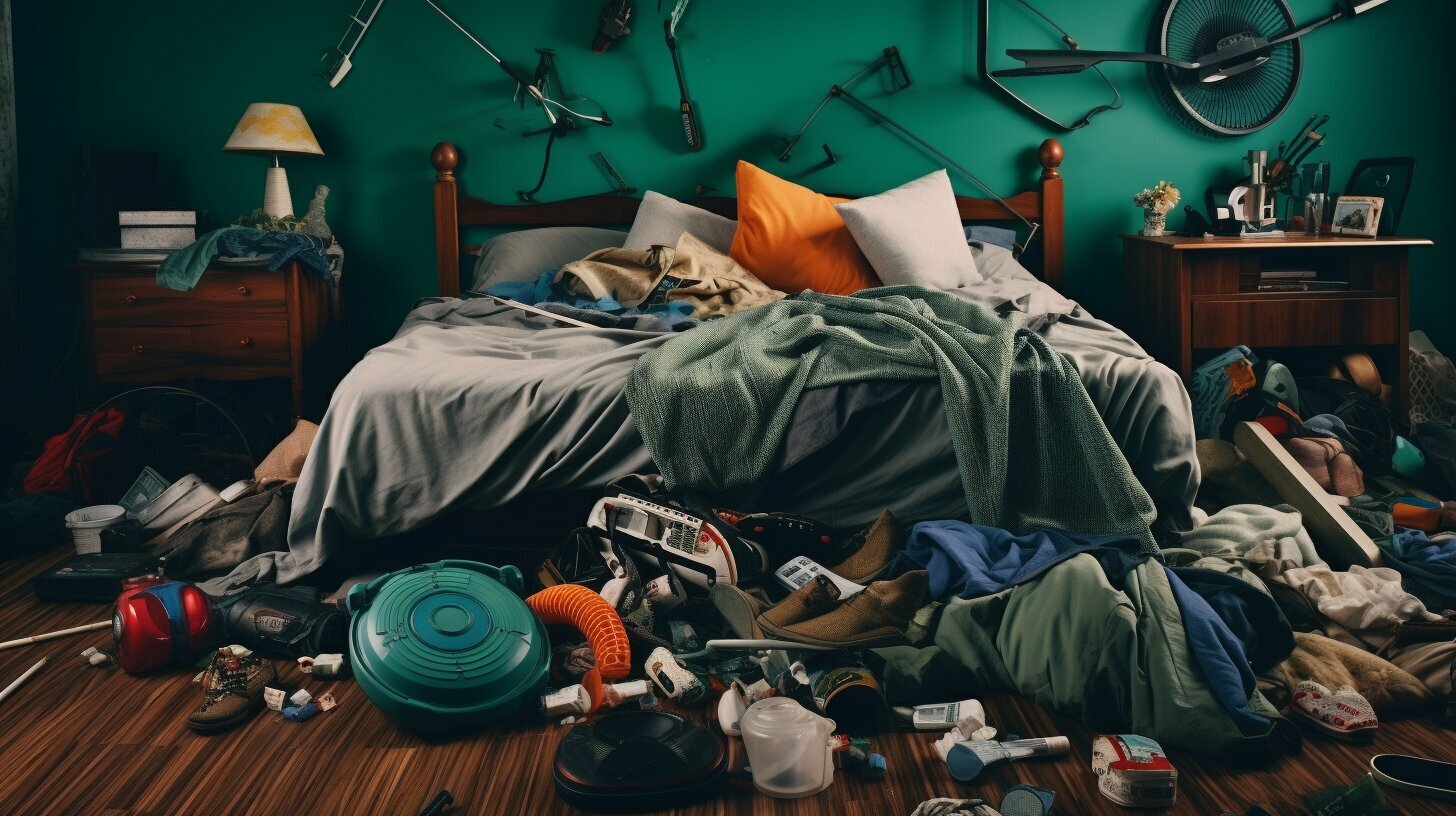
4. Non-Chemical Control Methods
Steam, heat, freezing, and hot-water laundering target bed bugs without harsh residues. Use them precisely for best results.
- Steam treatment: High-temperature steam (around 200°F) kills on contact along seams and cracks.
- Heat treatment: Professional room heat (often 118–122°F for several hours) penetrates hiding spots.
- Freezing: Extended freezing can work for small items like soft toys (bag first to prevent condensation).
- Laundry defense: Wash/dry bedding and clothes on hot; heat does the heavy lifting.
For practical, reader-friendly overviews, see Sleep Foundation’s guide to bed bugs and The Spruce’s step-by-step removal tips. If your bed frame creaks or shifts, use these mattress and bed frame noise fixes to stabilize hardware before sealing.

5. Professional Pest Management Support
If DIY efforts stall after a few weeks or the infestation is widespread, call a licensed pest management professional (PMP). Pros deliver thorough inspections, customized IPM plans, and low-toxicity treatments with clear communication.
For homeowner-friendly checklists on choosing a pro, see Our Sleep Guide’s bed bug overview and Apartment Therapy’s prevention & treatment tips.

6. Maintaining Long-Term Prevention
Make prevention routine so you stay ahead of problems—even after travel or storage.
- Schedule monthly mini-inspections with a flashlight and interceptors.
- Keep clutter low and surfaces easy to clean.
- Maintain encasements and re-seal gaps as needed.
- After trips, heat-dry clothes and inspect luggage before storing.
- Teach family members to spot signs and what to do next.
Real-life win: A family that logged weekly checks found a small couch infestation early. They steamed seams and sealed cracks; within two weeks, no new signs appeared.

FAQ
- How often should I inspect for bed bugs?
- Do a thorough check once a week. Look along seams, behind headboards, under furniture, and inside drawers with a flashlight.
- Can steam alone get rid of bed bugs?
- Steam is excellent for targeted areas like mattress seams and chairs. For room-wide issues, professional heat treatment is often more reliable.
- Are mattress encasements really effective?
- Yes. Quality encasements isolate bugs inside and block new ones from hiding in seams, making inspections faster.
- When should I call a professional?
- If DIY hasn’t improved things after 4–6 weeks, or if multiple rooms are involved, hire a licensed PMP with an IPM approach.
- Will clutter reduction alone prevent bed bugs?
- It lowers risk and speeds cleaning, but combining clutter control with monitoring, sealing, and heat/steam gives the best results.
Conclusion
With consistent Bed Bug Prevention and Management—inspection, clutter control, sealing, eco-friendly heat/steam, and timely pro support—you can protect your home and sleep soundly again. For bed hardware that’s easier to inspect, see our metal frame reinforcement guide and metal vs. wood frame noise tips.
Related reading from Cozy Bed Quarters
- Bed frame materials: durability & style guide
- Metal bed frame maintenance: inspection & care
- Reinforce a metal bed frame for quieter sleep










